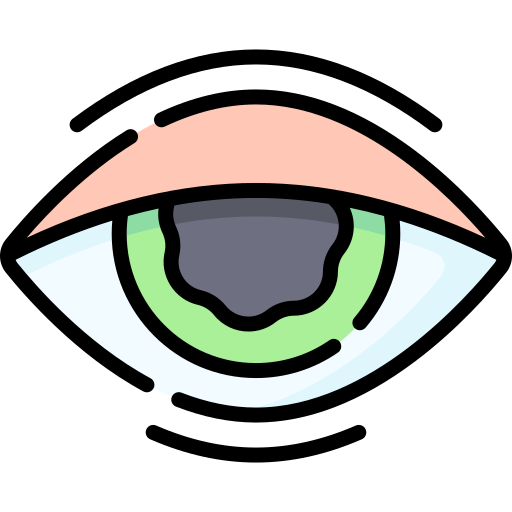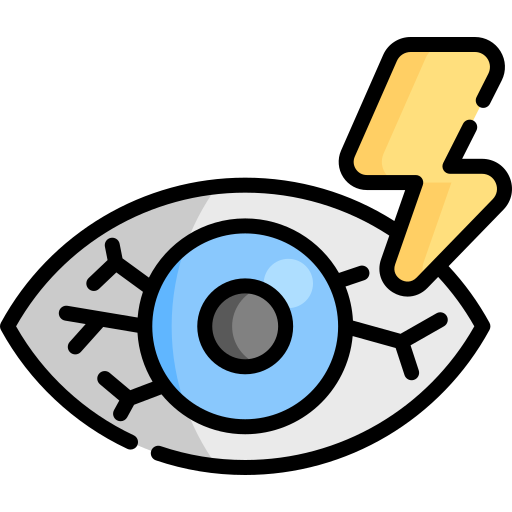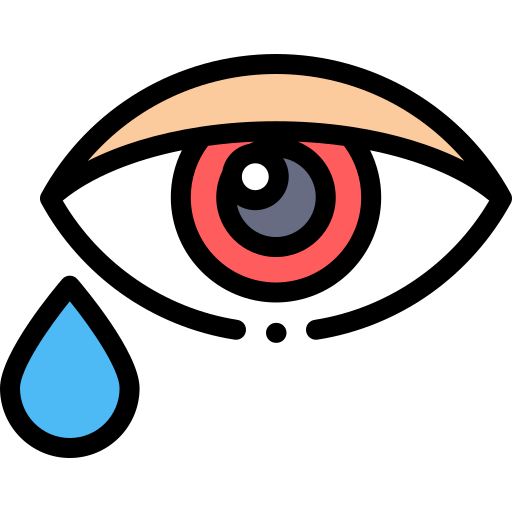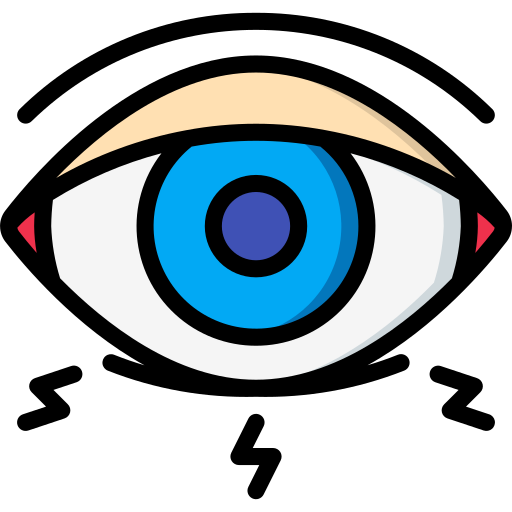About Eyes
Understanding Dry Eye: What You Need to Know
Dry eye or Dry Eye Disease (DED) is a condition that occurs when your eyes don’t make enough tears to keep them moist and comfortable. When your eyes don’t produce enough tears or don’t have the right balance of oils, water, and mucus, your eyes can become dry, irritated, and uncomfortable.
Tears produced by the lacrimal glands (tear glands) nourish and protect the eyes. Insufficient tear production can cause dry eye. Tear quality is as important as quantity. Imbalanced tears can cause dry eye by evaporating too quickly or not spreading evenly over the eye. Each tear film layer has a specific function. If any layer is not working correctly, it can cause poor tear quality.
The tear film comprises of three layers;
Oily (Lipid) layer:
Produced by the meibomian glands in the eyelids, forming the outermost tear film surface. It seals the tear film and reduces the evaporation of the eyes.
Watery (Aqueous) layer:
Produced by the lacrimal glands, makes up most of the tears. It hydrates the eye’s surface and removes foreign particles or irritants.
Mucous layer:
The tear film’s innermost layer, produced by cells in the conjunctiva, ensures the spread of tears evenly over the eye’s surface.
What are the symptoms of dry eye ?

Teary or Watery Eyes

Stinging or Burning Sensation

Blurry Vision

Sensitivity to Light

Eye Redness

Gritty or Sandy Feeling in Eyes
What Causes Dry Eye ?
Aging reduces tear production, causing insufficient tear volume. Hormonal changes can affect tear composition, especially in post-menopausal women. Age-related conditions like blepharitis or rosacea can also affect meibomian gland function.
Menopause and pregnancy can cause dry eyes due to hormonal changes. Hormones play a role in maintaining the tear film. Changes in estrogen and androgen levels might change tear production or composition, causing dryness and discomfort.
Dry eyes can be substantially influenced by the environment. Tear evaporation can be accelerated by exposure to dry, windy environments or artificial settings like air-conditioned or heated spaces. Additionally, smoke, dust, or other airborne irritants can disrupt the tear film, resulting in dry eyes.
Long-term digital screen usage may lead to dry eyes because of the decreased blinking rate, which is essential for tear distribution. Computer vision syndrome, often known as digital eye strain, causes eye discomfort and dryness. Screens’ blue light emissions may also interfere with sleep cycles, which could indirectly
cause dry eyes
Certain medications can cause dry eyes by reducing tear production. These include antihistamines, decongestants, antidepressants, blood pressure medications, hormonal replacement therapy, and acne treatments. Chemotherapy drugs may also affect the tear-producing gland, which leads to dryness and discomfort.
Certain diseases, such as Sjogren’s Syndrome, Rheumatoid Arthritis, and Lupus, can lead to dryness in the eyes by impacting the production or quality of tears. Additionally, diabetes and thyroid disorders may also cause dry eye symptoms. Moreover, diseases that affect the functioning of the eyelids can hinder the appropriate distribution of tears.
Long-term contact lens wear can cause dry eyes. The moisture in the tear film is absorbed by contact lenses, drying out the eye. Excessive use or poor lens maintenance might irritate the eye and impair tear production. Dryness may also be influenced by hypoxia or a lack of oxygen reaching the cornea.
